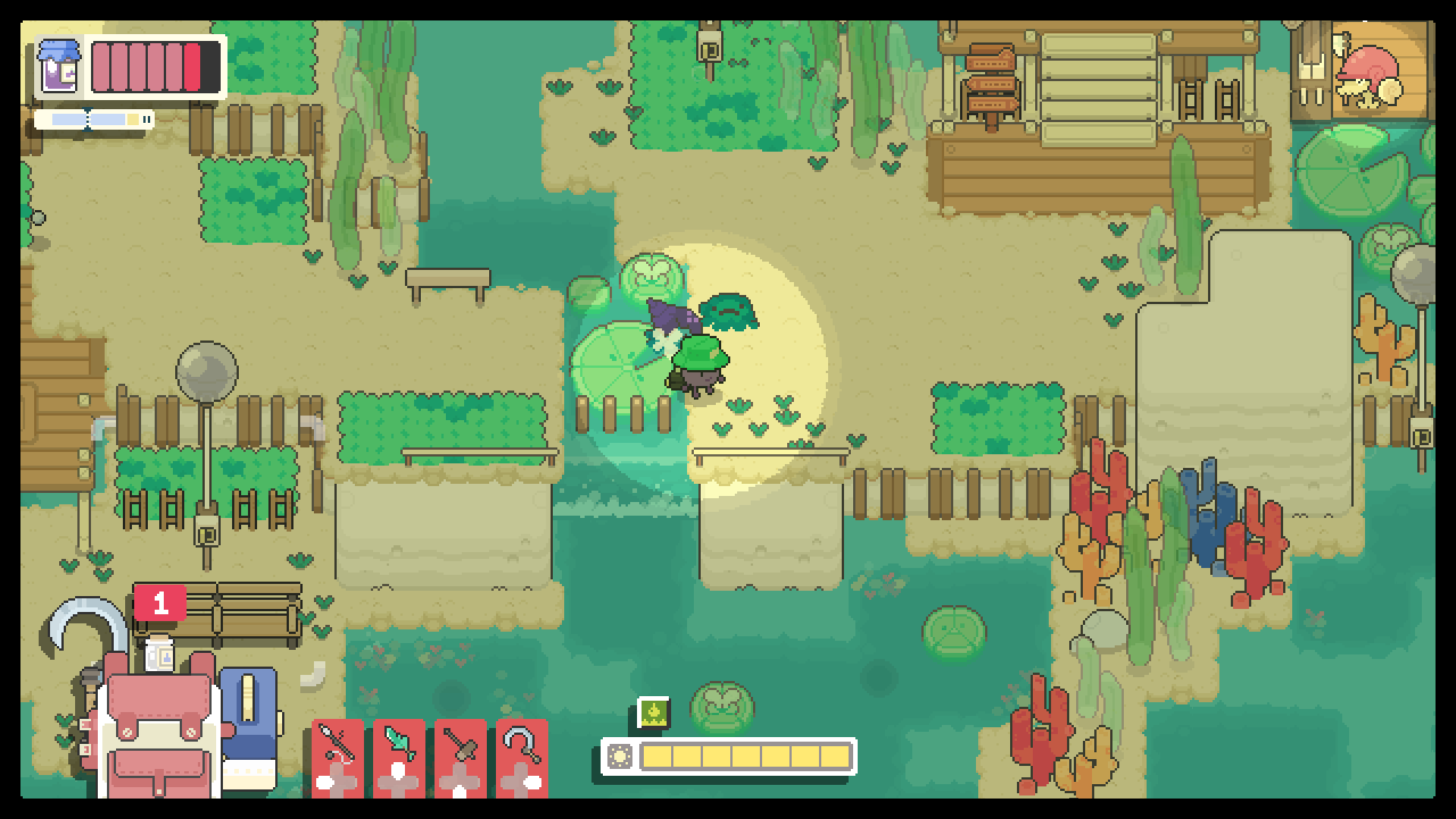
If water got in and froze, all the tiny flower buds inside would be killed. Between the bud scales is a grayish, waterproof “glue” that keeps water out. Each brown convex bit seen here is a bud scale which will open to let the male flowers bloom. I saw some alder catkins that were still covered with the natural glue that protects the flower buds. Could the open scales still be there from last spring? Hard to believe but possible, I suppose. The bud scales of the magnolia are fuzzy and gray and they open and fall off when the flowers open, but here it looks like the bud scales have opened to reveal more bud scales. I’ve seen willow shoots even grow from cut willow logs, so strong is their life force.Īnother fuzzy bud is the magnolia, but I’m scratching my head over what is going on here. Unless you get the roots they’ll grow right back, bushier than ever. Luckily I know of more than one place to see them but I had to wonder why anyone would have cut them. I went to one of my favorite places to find pussy willows and found that they had all been cut down. I saw plenty of the splotchy spathes but I didn’t see any that had opened to reveal the flower studded spadix within. You can often see evidence of skunk cabbage having melted their way through several inches of solid ice. Through a process called thermogenesis skunk cabbages are able to generate temperatures far higher than the surrounding air. If so I never saw it but it was an angry snarl that didn’t sound like any duck I’ve ever heard. I wonder if they were being stalked by a bobcat when I came along and ruined its hunt. You won’t need a defibrillator when that happens I’ll tell you, but what struck me most about it was the sound of snarling just before the flock hit the sky. When I was taking these photos a small flock of ducks burst from the cattails not five feet from me. There is little for bears to at this time of year but a helpful reader wrote in and said that they also dig up and eat the roots of cattails. Bears that come out of hibernation early will sometimes eat skunk cabbages but not much else bothers them. The skunk cabbages ( Symplocarpus foetidus) are happy in their swamp. I’ve seen them bloom in January and March but never in February, so I would have liked to have seen them. There were three plants in one small area with seed heads all over them. I didn’t see any dandelions blooming but that’s only because I was late getting there.


The other day I noticed it was dripping sap, so syrup season is under way. We have sugar maples where I work and someone broke a twig on one of them. Tea made from the inner bark was used to treat coughs. Early settlers used red maple bark to make ink, and also brown and black dyes. Native Americans used the bark medicinally to treat hives and muscle aches. The flowers open at different times even on the same tree, so the likelihood of them all being wiped out by a sudden cold snap is slim. The purple bud scales slowly open to reveal more and more red and soon after this stage the actual flowers will begin to show. I found these red maple buds near the Ashuelot River in Keene and was surprised to see so much red on them. This means we see less blue than we do when water vapor is at a lower level. The scientific term for this phenomenon is “ Mie scattering.” The sun’s angle can also make a difference in how much of the blue we see. The level of humidity in the air can make a difference in the blue of a sky because water vapor and water droplets reflect more of the blue light back into space.

A spring sky isn’t quite as crisp as a winter sky but it is still beautiful. Each season seems to have its own shade of blue for the sky. Another tree I always love seeing in spring is the red maple, with all of its globular red buds standing out against a blue sky.

There is a species of willow from Europe and Asia called golden willow ( Salix alba vitellina) but I have no way of knowing if this tree is that one. One of the signs of spring that I’ve always enjoyed is the way willows turn golden, as the one in the above photo has. The Fish and Game Department has been telling us to stay out of the way of the bears, which is surely good advice even if it is common sense. I haven’t seen any alarming signs of plants waking early but the bears and skunks are awake, and they’re hungry. When the normal cold temperatures return, sometimes weeks later, the plants and animals that have woken early are taken by surprise and can suffer. A false spring, for those who don’t know, is a period of unusual warmth in late winter or early spring that can last long enough to bring plants and animals out of dormancy. It certainly appears that spring is upon us but those of us who have been around for a few decades are always wary of a false spring.



 0 kommentar(er)
0 kommentar(er)
